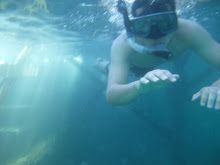DISTRESS SIGNAL
another exam related topics but its a good info for all to share with...
mayday..mayday..mayday...all ship..all ship..all ship..this is nine mike charlie hotel three..
- transmitting a spoken voice Pan-pan, or a Mayday message by radio over very high frequency (shorter range VHF) channel 16 (156.8 MHz) and/or high frequency (longer range HF) on 2182 kHz
- transmitting a digital distress signal by activating (or pressing) the distress button (or key) on a marine radio equipped with Digital Selective Calling (DSC) over the VHF (channel 70) and/or HF frequency bands.
- transmitting a digital distress signal by activating (or pressing) the distress button (or key) on a Inmarsat-C satellite internet device
- sending the Morse code group SOS by light flashes or sounds
- burning a red flare
- emitting orange smoke from a canister
- showing flames on the vessel (as from a burning tar barrel, oil barrel, etc)
- raising and lowering slowly and repeatedly both arms outstretched to each side
- making a continuous sound with any fog-signalling apparatus.
- firing a gun or other explosive signal at intervals of about a minute
- flying the international maritime signal flags NC (November Charlie)
- displaying a visual signal consisting of a square flag having above or below it a ball or anything resembling a ball (round or circular in appearance)
-come to sea and see for yourself-



No comments:
Post a Comment